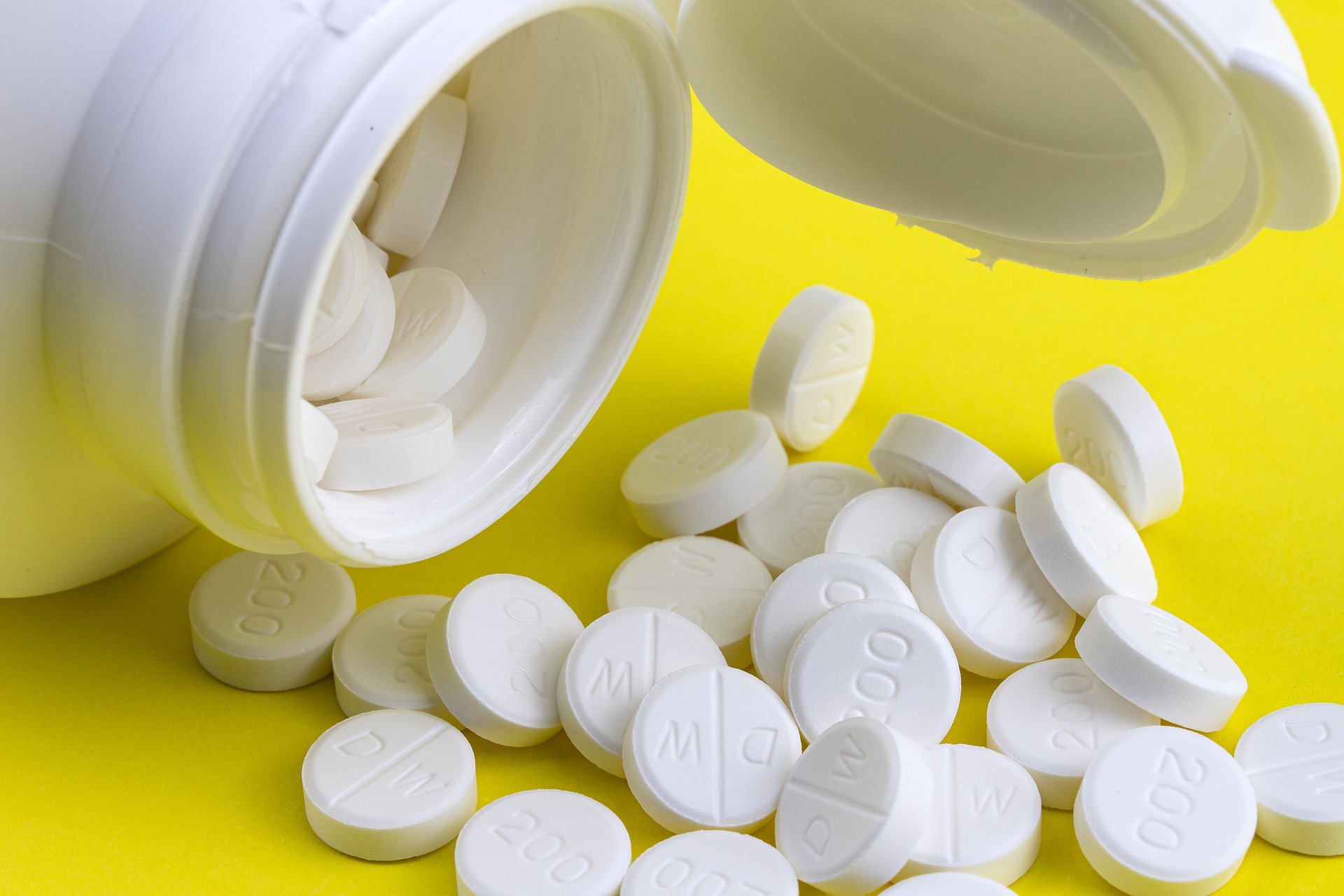Media release
From:
MOST QUEENSLAND DOCTORS PRESCRIBE LOW-DOSE OPIOIDS
ALTHOUGH the number of Queensland medical practitioners prescribing opioids increased more than 11-fold between 1997 and 2018, the number of people dispensed dosages associated with increased risk of accidental overdose has declined.
Research published today by the Medical Journal of Australia analysed Monitoring of Drugs of Dependence System (MODDS) data for adult Queensland residents (18 years or older) for whom opioids were dispensed during 1 January 1997 ‒ 31 December 2018.
The aim of the study was to determine the most frequently prescribed doses of opioids, and to examine associations between the mean number of prescribers per patient and the opioid doses dispensed.
Led by Dr Adeleke Adewumi, Senior Pharmacist at Maryborough Hospital, and a researcher at the University of Queensland, the authors reported that the number of patients for whom opioids were dispensed increased from 28 299 in 1997 to 322 307 in 2018.
“The number of Queensland medical practitioners who prescribed opioids increased from 4537 to 20 226,” they wrote.
“The proportion of opioid prescribers who prescribed opioids at doses of 50 to less than 100 morphine milligram equivalents (MME) per day peaked in 2003 (813 of 5530, 14.7%), as did the proportion prescribing 100 MME/day or more (1077, 19.5%), before declining in 2018 to 1294 (6.4%) and 1064 of 22 941 (5.3%) respectively.
“During 1997‒2018, 1 916 842 people (67.8% of people dispensed opioids) were dispensed doses of less than 20 MME/day, 624 114 were dispensed 20 to less than 50 MME/day (22.1%), 159 448 were dispensed 50 to less than 100 MME/day (5.6%), and 127 323 were dispensed 100 MME/day or more (4.5%).
“Our findings indicate that most Queensland medical practitioners prescribe lower opioid doses, and that the proportion prescribing lower doses has increased since 2004,” Adewumi and colleagues concluded.
“The proportion of people dispensed doses of opioids associated with increased risk of accidental overdose (from 50 MME/day) was small and has declined over time.”
All MJA media releases are open access and can be found at: https://www.mja.com.au/journal/media
The Medical Journal of Australia is a publication of the Australian Medical Association.
The statements or opinions that are expressed in the MJA reflect the views of the authors and do not represent the official policy of the AMA or the MJA unless that is so stated.



 Australia; QLD; WA
Australia; QLD; WA



